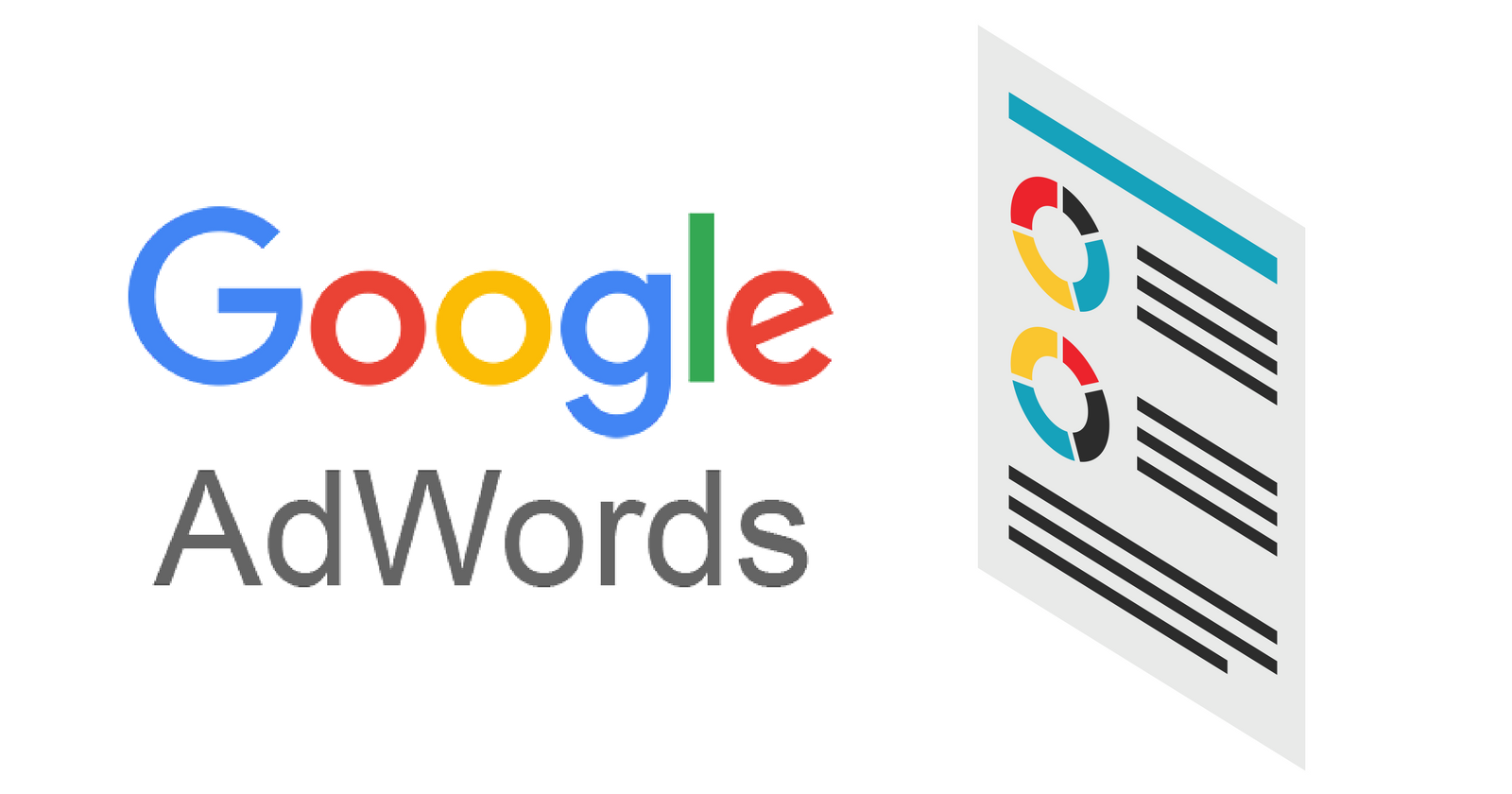
Regardless of whether you’re new to Google Ads or have been running campaigns for a while, there are a few things you need to know when it comes to campaign management. Check out Claire Jarrett’s website to learn how to maximize your profits, improve your quality score and track your performance.
Optimize your landing page
Whether you are just starting out with AdWords or are looking to improve your current Google ads campaign management, it’s important to optimize your landing page. Creating high converting landing pages can improve your conversion rates and drive more leads to your PPC campaign.

When you’re optimizing your Google ads landing page, you want to make sure you’re targeting the correct audience. Create custom audience segments. This way, you can see how your landing page is performing in each segment. You can then make changes to optimize the page for each segment.
When you’re optimizing your landing page for Google Ads campaign management, you want to make sure your visitors stay engaged. Keeping your visitors on your landing page longer makes them more likely to convert. You also want to encourage them to take action. This could include signing up, downloading a free sample, or ordering a product.
Set-up conversion tracking
Creating a Google Ads campaign that includes conversion tracking can help you optimize your campaigns. Tracking is important because it can help you determine where to focus your advertising spend. It can also help you understand how your different groups of customers convert.
You can track website purchases and app installs. You can also track phone calls made from ads. Conversion tracking can help you optimize your ad campaign by showing you how many people visited your site and how many people converted.
The process is simple. Google provides instructions on how to set up conversion tracking. You can do it by using Google Tag Manager. Google Tag Manager will install the conversion tracking tag on your website. It will also allow you to configure tags easily.
Set your target ROAS
Using an automated bidding strategy in Google Ads to set your target ROAS is a great way to maximize the conversion value of your ad. This strategy analyzes millions of signals in a fraction of a second. The more conversion data you have, the better Google will be able to optimize your campaign.
For example, if you’re an online store selling outdoor gear, you can use a Google Ads campaign to bid on search terms that result in successful purchases. The goal of this strategy is to ensure that the bids you make are as close to the target ROAS value as possible.
To set your target ROAS, you’ll need to determine the number of conversions you want to see in the next 30 days. You’ll also need to set your target ROAS percentage. You can do this by calculating the past 90 days of conversion value per cost. Then, multiply the value/cost column by 100 to get your target ROAS percent.
Improve your quality score
Having a good Quality Score can help your Google Ads campaigns achieve a CPA target. The Quality Score measures the performance of your keyword and your landing page. This is one of the main factors in determining your Ad Rank and ad placement.
Your Quality Score is updated every time a user searches. This means that you will constantly see updates based on your ad copy, keyword changes, and website changes.
You can improve your Quality Score by making sure that your keywords are relevant to your target audience. You can also improve your Quality Score by making sure that your landing page is relevant to your ads. If your landing page is not relevant, your Ads are not likely to receive clicks.
You can improve your Quality Score by increasing your competitive bid. A competitive bid can help improve your click-through rate.
Monitor your performance
Whether you are new to managing Google Ads campaigns or an old pro, it’s important to stay on top of your performance. The more you know about your ad’s performance, the better you’ll be able to optimize your campaign for maximum success. There are several key metrics you should monitor.
One of the easiest ways to determine whether your ad’s performance is up to par is to check out Google’s Analytics Dashboard. This is a free tool that provides easy-to-read reports for all of your campaigns. It also lets you track clicks, impressions, and other metrics.
Impressions are important because they help you measure how many people have seen your ad. They also let you identify ads that have received the most visibility. If your ad isn’t getting a lot of impressions, it might be time to make some adjustments.





